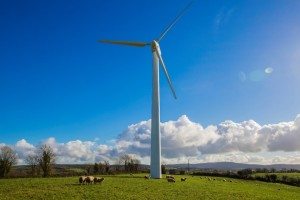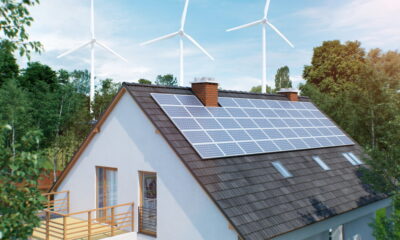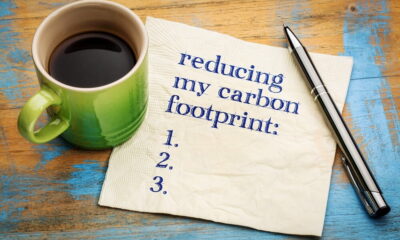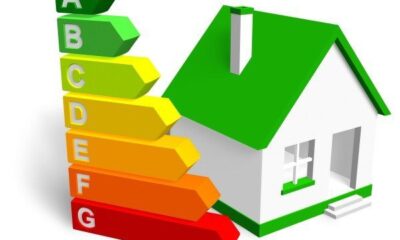

Energy
Environmentalists say renewables should be top priority for next Scottish government
Scotland’s wind power sky rocketed last month. The output jumped up by 15 per cent compared with last year’s figures, and upwards of 70 per cent electricity or hot water was provided by the sun through solar panels. Environmentalists are now calling for the next Scottish government to bring forward a new energy strategy that takes Scotland to the “next level” in its use of renewables.
The call by World Wide Fund for Nature (WWF) Scotland came as the group published analysis of wind and solar data provided by WeatherEnergy.
They found that for the month of April wind turbines in Scotland provided enough electricity for 1.9 million Scottish homes. This represents an increase of 15% compared to that of April 2015.
Karen Robinson of WeatherEnergy said: “After a relatively slow start to the year, Scotland’s wind power output is back on the up thanks to some powerful winds during the month.
“Similarly, as we move toward summer, solar power is beginning to play an increasing role for those homes and businesses that have fitted solar panels. It won’t be long now before the average home with panels will be able to meet all its electricity or hot water needs for the month from the sun.”
On eight of the 30 days in April, Scottish wind turbines generated enough electricity to supply 100 per cent or more Scottish homes.
Lang Banks, Director at WWF Scotland, said: “It’s not just the election campaigning that heated up last month, so did Scotland’s renewable power output.
“Thanks to a combination of stronger winds and increased capacity, output from turbines in April was up more by 15 per cent compared to the same period last year – supplying power equivalent to the average electrical needs of 1.9 million homes.
“Meanwhile, homes fitted with solar panels were able to obtain 70 per cent or more of their electricity or hot water needs from the sun.”
For homes fitted with solar PV panels, there was enough sunshine to generate an estimated 95 per cent of the electricity needs of an average household in Dundee, 87 per cent in Edinburgh, 86 per cent in Aberdeen, 84 per cent in Glasgow, and 83 per cent in Inverness.
For those homes fitted with solar hot water panels, there was enough sunshine to generate 82 per cent of an average household’s hot water needs in Inverness, 80 per cent in Dundee, 78 per cent in Aberdeen, 76 per cent in Glasgow, and 74 per cent in Edinburgh.
Lang Banks added: “Thanks to many years of political and public support, Scotland’s renewable industries today support thousands of jobs and help us to avoid a million tonnes of carbon dioxide every month.
“If we’re to move to the next level in the global shift to a zero-carbon society then the next Scottish government must bring forward an energy strategy that ensures Scotland is the first EU nation to have a completely renewable electricity generation system by 2030.
“To enable us to capture the benefits this transition offers that strategy must a focus on flexibility, demand management, promoting storage and building resilience.”


 Environment10 months ago
Environment10 months agoAre Polymer Banknotes: an Eco-Friendly Trend or a Groundswell?

 Environment11 months ago
Environment11 months agoEco-Friendly Home Improvements: Top 7 Upgrades for 2025

 Features9 months ago
Features9 months agoEco-Friendly Cryptocurrencies: Sustainable Investment Choices

 Features10 months ago
Features10 months agoEco-Friendly Crypto Traders Must Find the Right Exchange






























